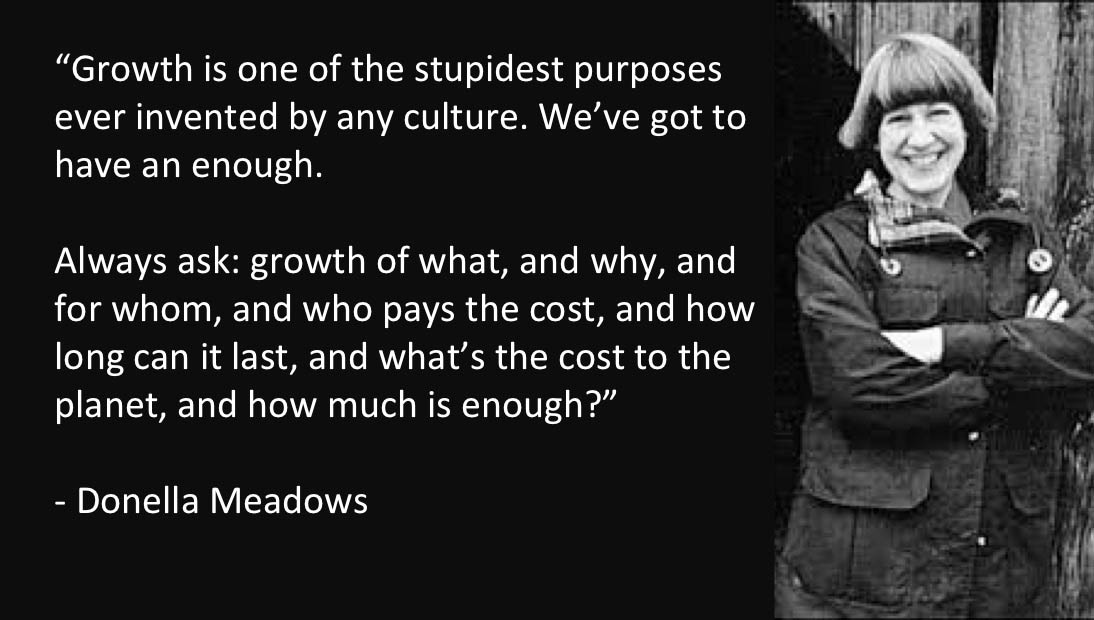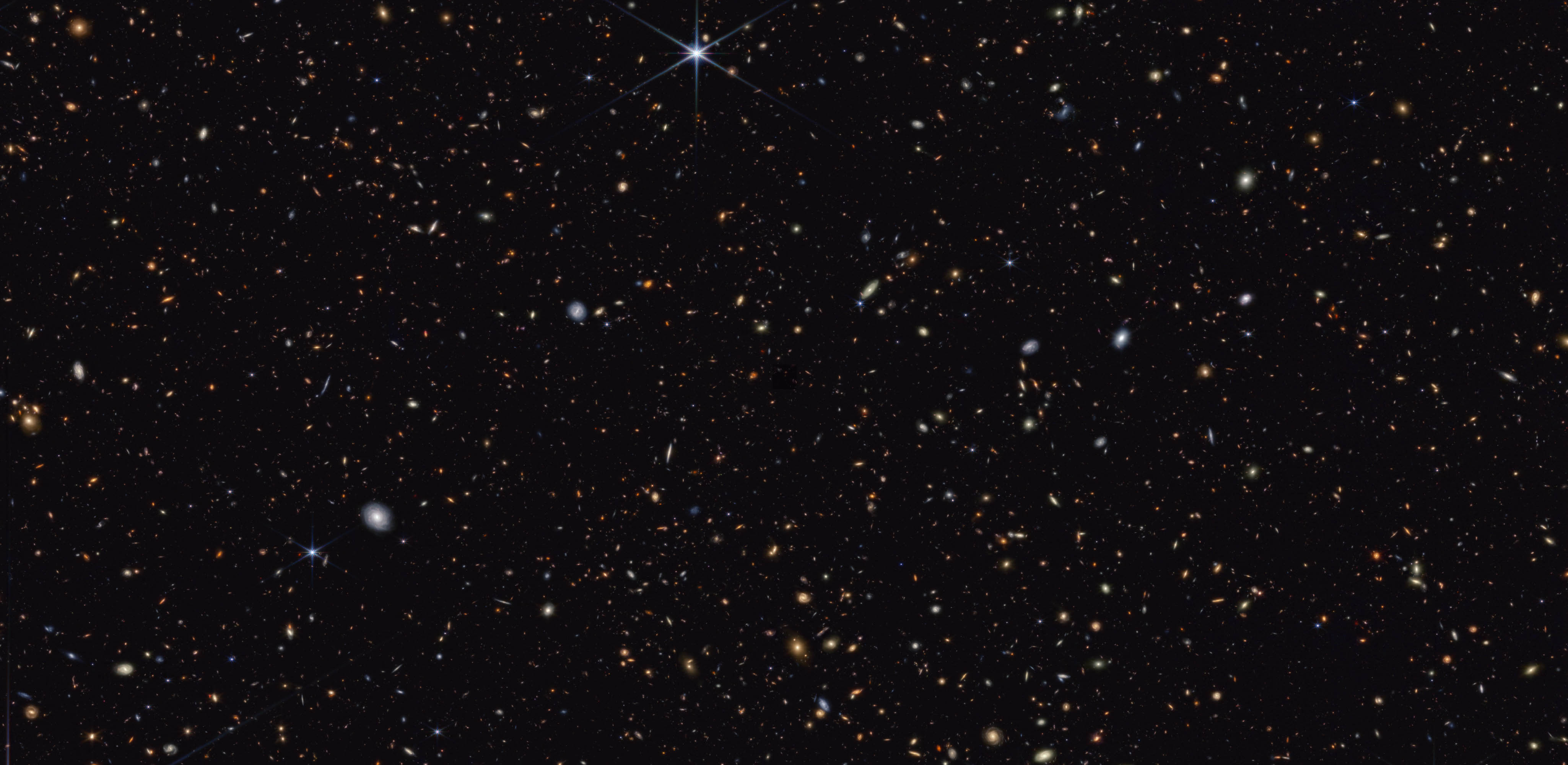
THURSDAY, DEC 8, 2016: NOTE TO FILE

Ecolate Outline of History
Core Story Elements
Eric Lee, A-SOCIATED PRESS
TOPICS: PAST, FROM THE WIRES, PRESENT, FUTURE
Abstract: In another attempt to redress our collective temporal blindness (lacking temporal causal cohesion), an outline of systems history, in outline format, is offered. Details are omitted as they can be distractions.
TUCSON (A-P) — The original Outline of History was written by H. G. Wells in 1919 in two volumes totaling 1,100 pages. Here is an updated and shorter outline including prehistory and possible posthistory.
- Growth, whether of humans or yeast, has been good for nearly 4 billion years.
- Modern Techno-Industrial society, the fossil fuel empowered Euro-Sino Empire, exuberantly exceeds all prior expansionist growth cultures of the last 50 thousands years to become the first global empire (overcomplex monetary society).
- Exponential competitive growth depends on a positive growth rate in resource and energy consumption.
- There must be resources for the taking.
- There must be an invasive/expansionist species to do the taking.
- The expansionist system self-organizes to maximize short-term benefits (e.g. growth, profits, personal earnings, conquest, taking).
- The system continues to grow until limits are reached.
- Sustainable limits can be exceeded.
- Exceeding limits has short-term benefits.
- Assuming no foresight/adaptive constraints, limits will be pushed until negative feedback loops develop.
- Famine/starvation
- Conflict/murder/war
- Pestilence/disease
- Poverty/vice/misery/stress
- Calamity/catastrophe/overshoot debt
- Overshooting sustainable limits, by definition, results in a negative growth rate (descent/collapse).
- Adaptive, intentional descent may be gradual and non-catastrophic (e.g. monarch butterfly migration).
- Resistance to descent by unadapted humans delays transition leading to rapid descent/collapse/weakness which among empire builders allows for revolution or conquest.
- All prior human empires/civilizations/overcomplex societies have resisted descent.
- Adaptive systems use last remaining resources to send out copies (information) having a potential to renew growth when resources are encountered (e.g. yeast sporulate, some monarchs overwinter).
- Individual units serve the organizational values and contingencies of short-term gain.
- Humans living in nomadic groups of 20 to 50 (range 5 to 85, typically bands of sisters) live largely self-directed life-driven purpose-filled lives (the inquiry/conjecture-driven life) in response to real needs resulting in active hunting/gathering/gardening to serve loved ones in an egalitarian gifting economy with short-term payoffs proportional to effort.
- Humans living in overcomplex societies, however, serving vast governmental, business, religious and other sociopolitical hierarchical organizations building empire, put in prescribed time periods (work jobs) to later engage in a frenzied pursuit of manufactured wants (consuming experiences, services and products) that need be paid for—hence the working for money thing.
- Their purpose-driven life (the conclusion/belief-driven life) is to do as directed by organizational belief-based narratives and norms (e.g. work, shop, eat prepared/processed foods, tune in to media, drive cars...) to help grow the economy.
- Humans (living in the vast "human zoo") malfunction.
- Humans engage in compensatory, surrogate activities (e.g. drugs, sports, tourism, social media, TV, porn, shopping, drive cars).
- Quietly desperate purpose-driven/belief-driven humans talk about "getting a life," then go to work or go shopping (engage in surrogate consumer activities).
- Growth depends on a culture that normalizes it.
- Those who embrace growth prosper in the short term and endeavor to normalize growth (a positive feedback loop having a negative outcome).
- Technology is to a growth culture as a vodka faucet in their home is to an alcoholic.
- Those who resist growth are soon outnumbered, subsumed and/or marginalized (e.g. First peoples).
- Industrial growth can be sustained into the 22nd century and beyond if an alternative energy source is developed, e.g. fusion that is "too cheap to meter," and a Dyson sphere is constructed.
- Increasing energy input allows all Earth-based resources to be consumed and all solar system resources to be extracted to allow continued economic growth, development, progress, population growth and increased per capita consumption as resources, out to and including the Oort Cloud, are taken.
- Some organisms are kept as pets.
- Some organisms are kept to consume.
- Some organisms are kept in zoos to amuse.
- Some wild plants able to grow in cracks in pavement persist.
- The Solar System, even if Sol is enclosed in a Dyson sphere, cannot provide enough materials nor energy to support continued growth.
- Assuming foresight, humans can techno-sporulate, spread out from Sol in a quiescent state to nearby star systems to restart and convert them into industrial growth products/humans/transhumans/borg.
- Growth during transit cannot be supported, necessitating a largely non-functioning suspended state to achieve a condition of temporary non-growth.
- An ability to grow when new resources are encountered must remain functioning.
- If warp drive is developed, the rate of galactic growth could be sped up but would otherwise follow the same trajectory.
- Once construction of a Dyson sphere begins, it could easily be finished in 2,000 years.
- If during those 2,000 years, ships are sent to nearby stars at a rate of one every 35 years, 50 ships could be sent forth at sub-light speed, accelerating and decelerating at 1g, to build Dyson spheres, allowing an entire galaxy to blink out in less than 16,000 years.
- When the Milky Way is consumed and limits to growth are reached, when all stars are surrounded by Dyson spheres, industrial society must sporulate and disperse to neighboring clusters, nebulae, and galaxies.
- Humans that are exceptional at converting stars into Dyson spheres turn them into infrared emitters observable from all galaxies as spreading from a point of origin as stars go dim.
- Within all 2e+12 observable galaxies, none are blinking out nor have blinked out due to a collecting of stellar energy by techno-industrial lifeforms.
- Any techno-growther life form will need more energy than any planet or other solar system debris could provide and to sustain growth will use all energy produced by a star.
- Solar arrays can be built in space, with the additional energy used to support continued growth.
- Building of solar arrays would continue until a star is enclosed by them (becoming a Dyson sphere) in just a few millennia, such being in the nature of exponential growth.
- Therefore no techno-growers exist in the universe other than industrial techno-humans, so when Sol blinks out, it will be the first of many to come, or....
- Humans are not exceptional, growth cannot be sustained, and humans will merely have an epoch named after them.
- Growth is limited and exceeding carrying capacity limits is ungood.
- Humans, like all known organisms, embrace growth whenever conditions allow.
- Growth continues until limits are reached.
- Adaptive expansionists transition (e.g. yeast sporulate, monarch overwinter).
- Adaptive K-strategists respond to increasing stress (General Adaptation Syndrome) by reducing fertility to remain under carrying capacity limits.
- Non-K-strategist's growth endeavors (e.g. locust swarms, modern humans) are limited by external negative mortality feedbacks (e.g. die-off, winter in temperate regions, conflict, starvation).
- The degraded environmental life-support system slowly recovers and when conditions allow, a remnant population grows to repeat the pattern (e.g. spring to winter to spring: temperate ecosystem seasonal oscillation, locust swarming after 5-10 years environmental recovery).
- Organism caused collapse of life-support system may lead to extinction if the organism has no prior evolutionary experience (e.g. reindeer on St. Matthew Island/rats and mice in Calhoun's experiments) due to failure to develop adaptations (such as humans exploiting fossil fuels on a pale blue dot).
- Exponential growth ends, oscillating between periods of moderate positive and negative growth in response to changing environmental conditions.
- Ecolate humans (e.g. San, Kogi), unlike all known organisms, have a potential to understand, foresee limits, and embrace them before overshoot, leaving significant growth potential unused to avoid negative growth when conditions are less favorable than average (e.g. drought periods, climate change).
- Ecolate humans cannot coexist with expansionist growther humans.
- Expansionist humans dreaming of everMORE! will not consider self-imposed limits and so will be empowered, temporarily, to subsume, destroy, consume or marginalize the environment and all who live as if they were the environment (e.g. K-strategists).
- Metastatic, carcinogenic consumptive growth soon ends in death or...."we are Borg, resistance is futile, all will be assimilated," or.......
- Ecolate humans transition/renormalize to managed commonism to live the ecolate life of enough as Earth agents and embrace system limits (e.g. Kogi, traditional Hopi, proposed United Federation of Watersheds).


